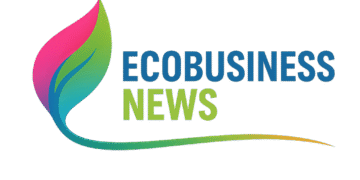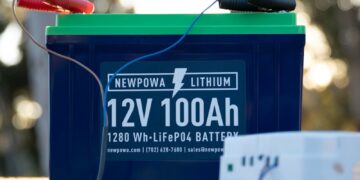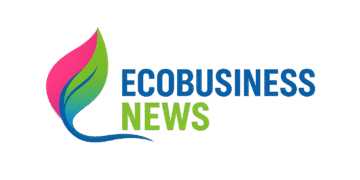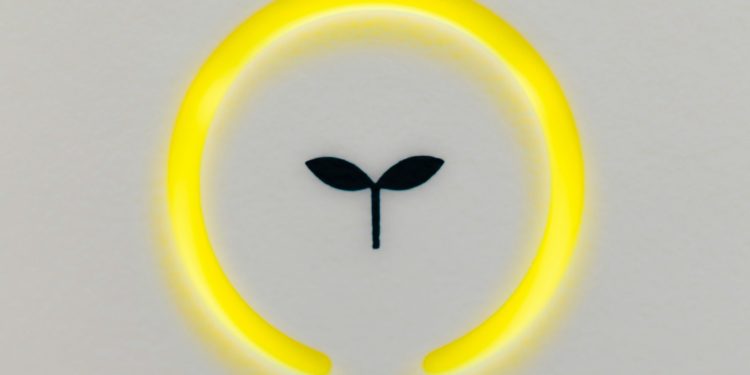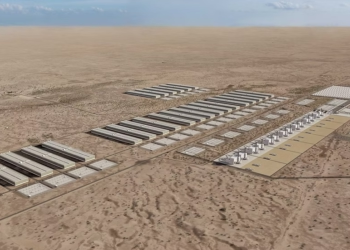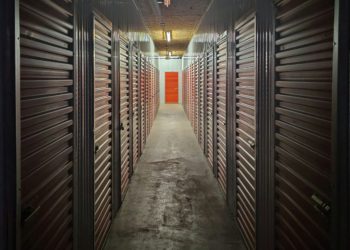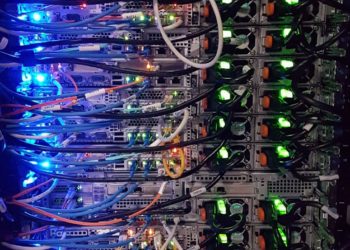Welcome to the first in our four-part series on eco-business news, where we dive into the green revolution powering a sustainable future. Today, we’re kicking things off with renewable energy—because nothing says “bright idea” like harnessing the sun, wind, and water to keep the planet spinning smoothly. From record-breaking investments to game-changing technologies, the renewable energy sector is buzzing with optimism. Let’s break down the latest highlights, explain why they matter, and sprinkle in some fun facts to keep things lively.
The Renewable Energy Boom: By the Numbers
The renewable energy sector is no longer a niche player—it’s a global powerhouse. In 2024, venture capital deals to clean energy and power companies hit an all-time high, driven by the maturity of technologies like solar, the electrification of everything from cars to homes, and the skyrocketing energy demands of AI and tech industries Silicon Valley Bank. Why the surge? Renewables are now cost-competitive with fossil fuels in many markets, and investors see green as the new gold.
- Solar’s Star Turn: Solar power continues to lead the charge, with global installations growing by 24% in 2024, according to the International Energy Agency (IEA). Fun fact: If you laid out all the solar panels installed last year, they’d cover an area the size of Rhode Island!
- Wind’s Big Comeback: Offshore wind projects are gaining momentum, especially in Europe and Asia. A recent report highlights how new turbine designs are boosting efficiency by up to 15% (Sustainable Energy Network).
- Hydro and Beyond: Hydropower remains a steady player, but emerging technologies like tidal and wave energy are making waves (pun intended) in coastal regions.
This investment boom isn’t just about money—it’s about jobs, innovation, and a cleaner planet. A study shared on X notes that transitioning to renewables like solar, wind, and hydro is not only better for the environment but also more financially rewarding for investors and economies Mark Z. Jacobson.
Spotlight: Repowering as a Service
One of the most exciting trends in renewable energy is “Repowering as a Service,” a model that’s giving aging wind and solar farms a second life. Instead of building new facilities, companies are upgrading existing ones with advanced tech—think bigger blades for wind turbines or more efficient solar panels. This approach cuts costs, reduces land use, and boosts energy output by up to 30% in some cases Positive Stocks.
Why it matters: Repowering extends the lifespan of renewable infrastructure, making the sector more sustainable and circular. It’s like giving your old smartphone a software update instead of tossing it for a new one. Plus, it’s creating a new niche for eco-businesses specializing in retrofitting and maintenance.
Policy Push: Governments Get on Board
Governments worldwide are doubling down on renewables, and it’s not just talk. In the U.S., the Inflation Reduction Act continues to funnel billions into clean energy projects, while the European Union’s Green Deal aims for 45% renewable energy by 2030 (European Commission). China, meanwhile, installed more solar capacity in 2024 than the rest of the world combined—talk about a sunny disposition!
These policies are sparking innovation. For example, tax incentives are encouraging companies to experiment with hybrid systems that combine solar, wind, and battery storage for round-the-clock power. It’s like the Avengers of renewable energy—each source brings its own superpower to the grid.
Challenges and Opportunities
Let’s keep it real: the renewable energy sector isn’t all sunshine and rainbows. Supply chain bottlenecks for critical minerals like lithium and cobalt are a headache, and grid infrastructure in many countries needs a serious upgrade to handle the influx of clean energy. But where there’s a challenge, there’s an eco-business opportunity.
- Recycling Revolution: Companies are popping up to recycle solar panels and wind turbine blades, turning waste into a resource. One startup in Denmark is even making furniture from decommissioned turbine blades—now that’s cutting-edge design!
- Smart Grids: Tech firms are developing AI-driven smart grids that optimize energy distribution, reducing waste and preventing blackouts. It’s like giving the power grid a brain.
Why This Matters for Eco-Businesses
For entrepreneurs and investors, renewable energy is a goldmine of possibilities. Whether you’re launching a startup to repower wind farms, developing software for smart grids, or designing the next generation of solar panels, the sector is ripe for innovation. Plus, consumers are demanding sustainability—76% of global consumers say they’re more likely to buy from brands with strong environmental credentials (Nielsen).
What’s Next?
The renewable energy landscape is evolving faster than a wind turbine in a storm. In 2025, expect to see more breakthroughs in energy storage (batteries that last longer than your phone’s charge), green hydrogen for heavy industry, and community-driven microgrids that empower local economies. Stay tuned for the next post in our series, where we’ll explore another eco-business category—because the green revolution is just getting started.
Got thoughts on the renewable energy boom? Drop a comment below, and let’s keep the conversation flowing like a hydroelectric dam!





